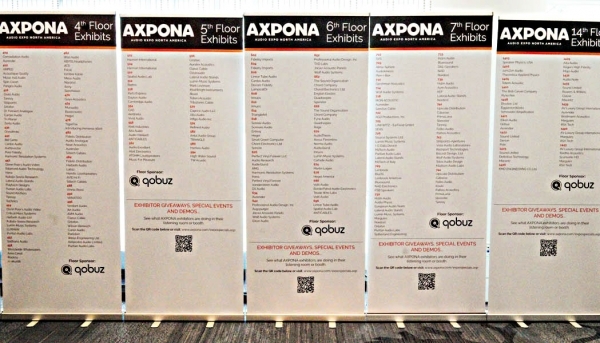| Columns Retired Columns & Blogs |
Gross profit is a small piece of the puzzle. If it is emphasized (see Block Inc.) someone is trying hide actual earnings. I looked at Deezer’s financials and saw nothing that would make me want to invest.
But it is entertaining to watch you analyze financial information.







































